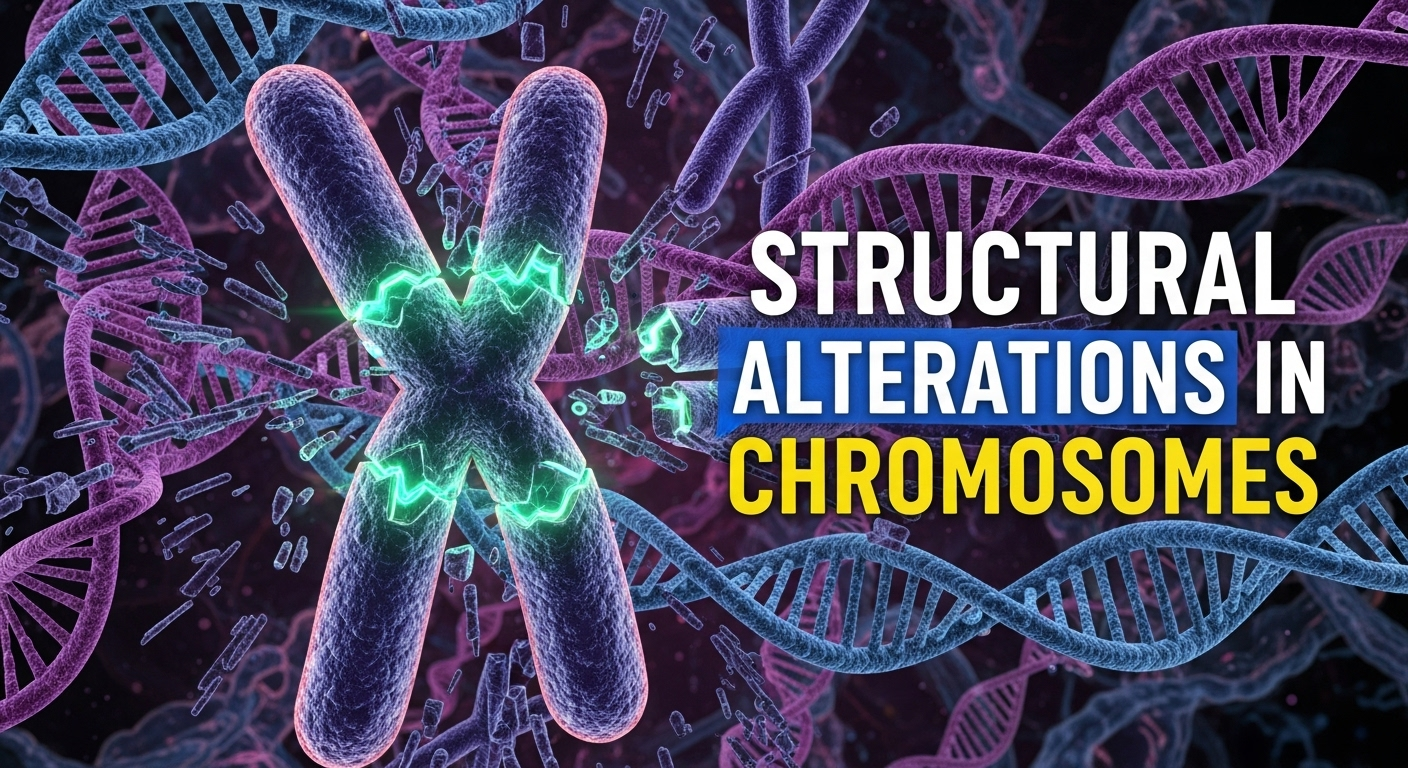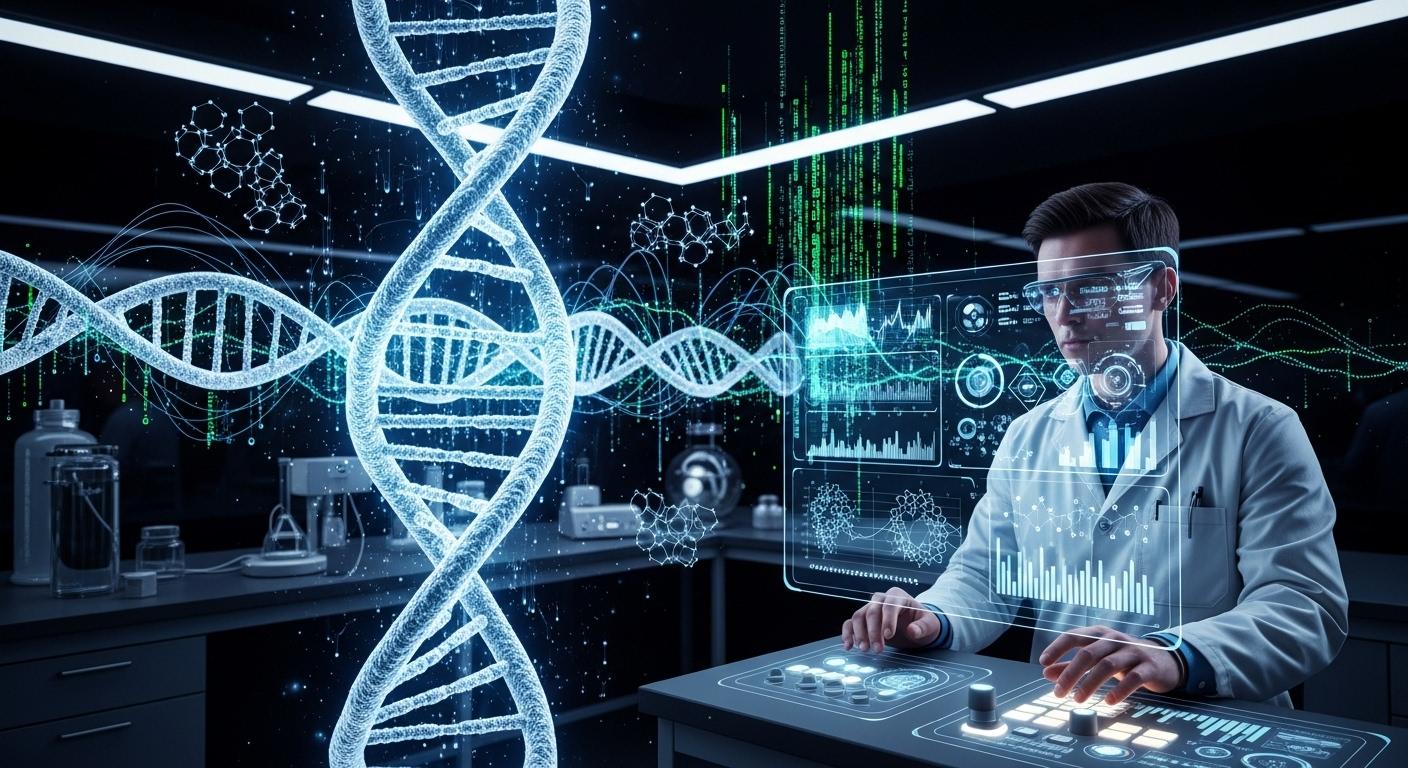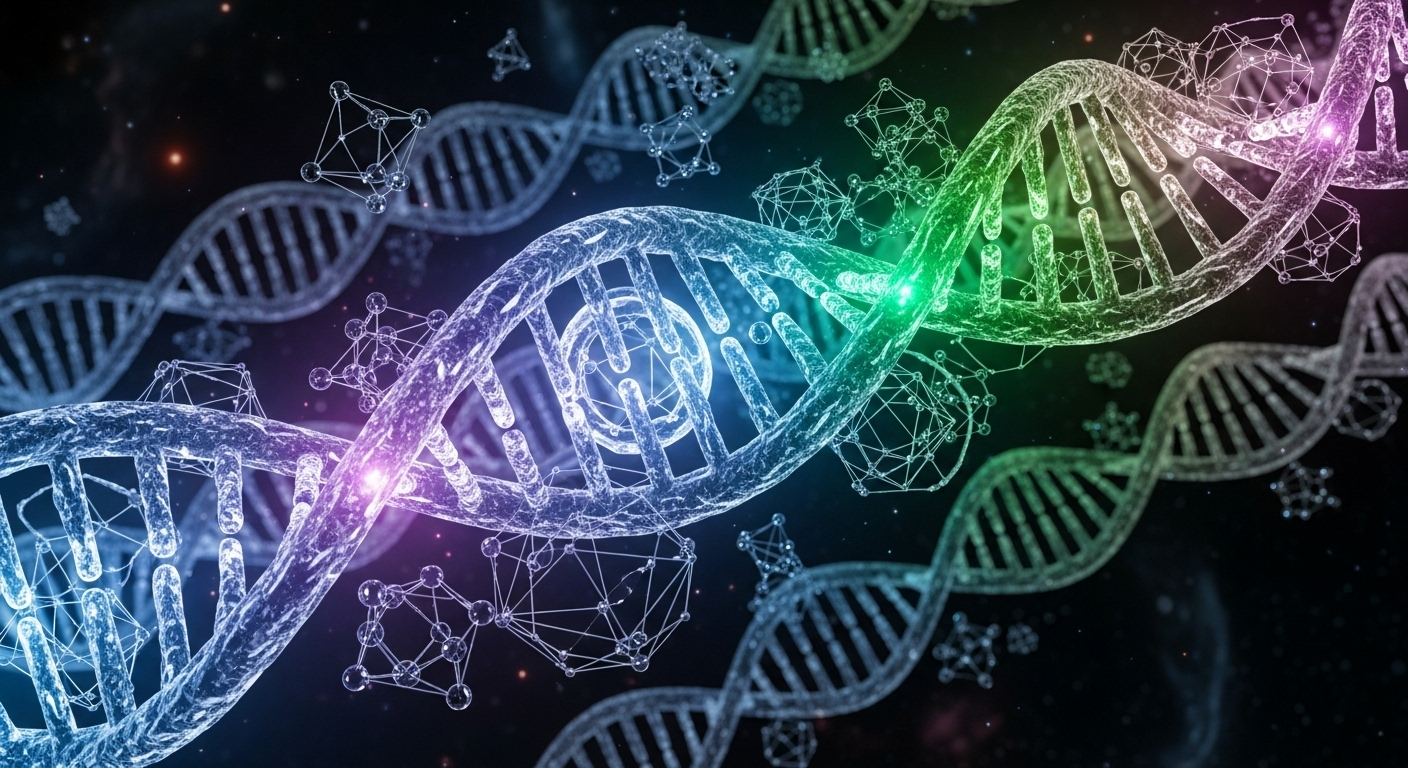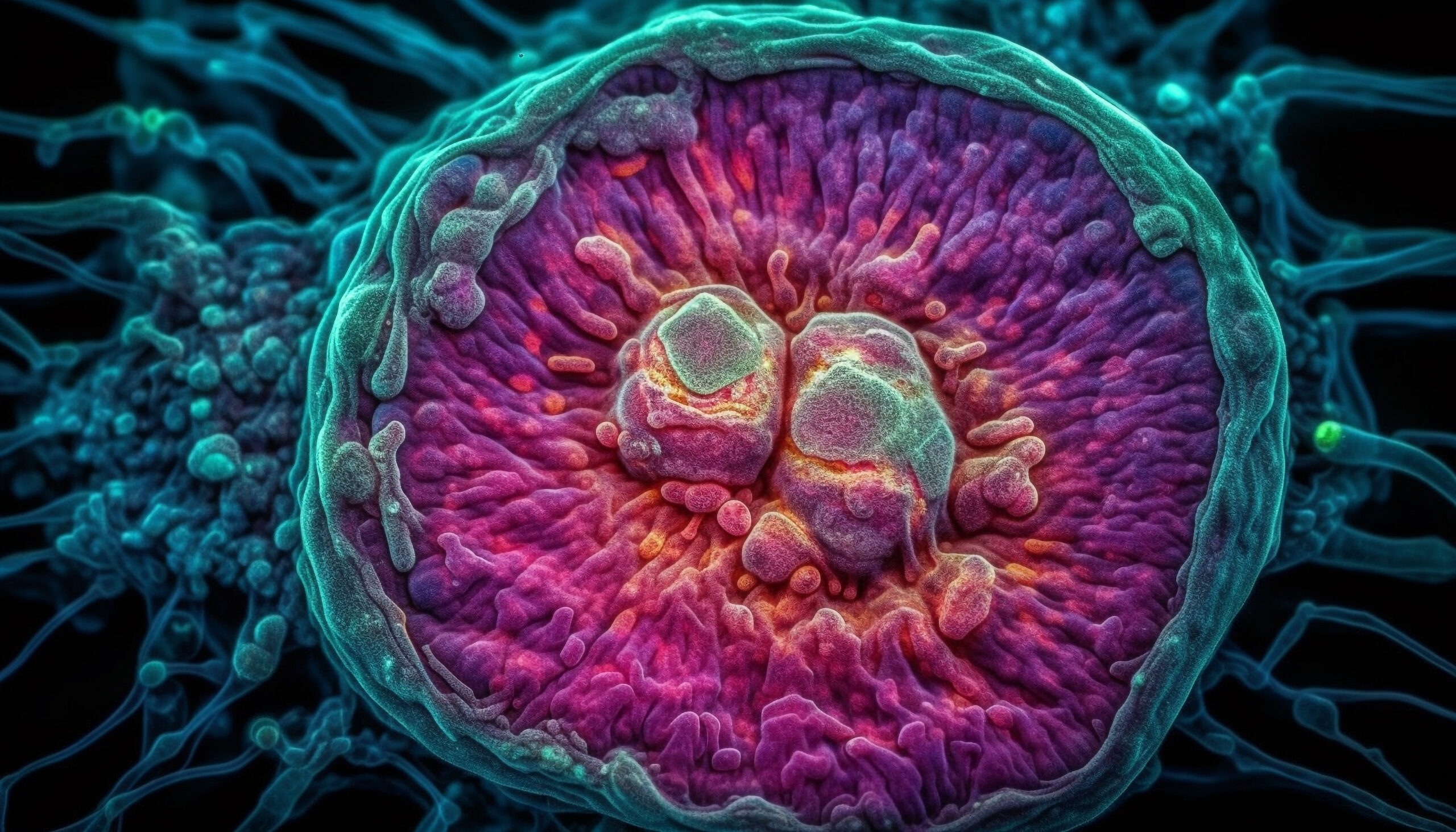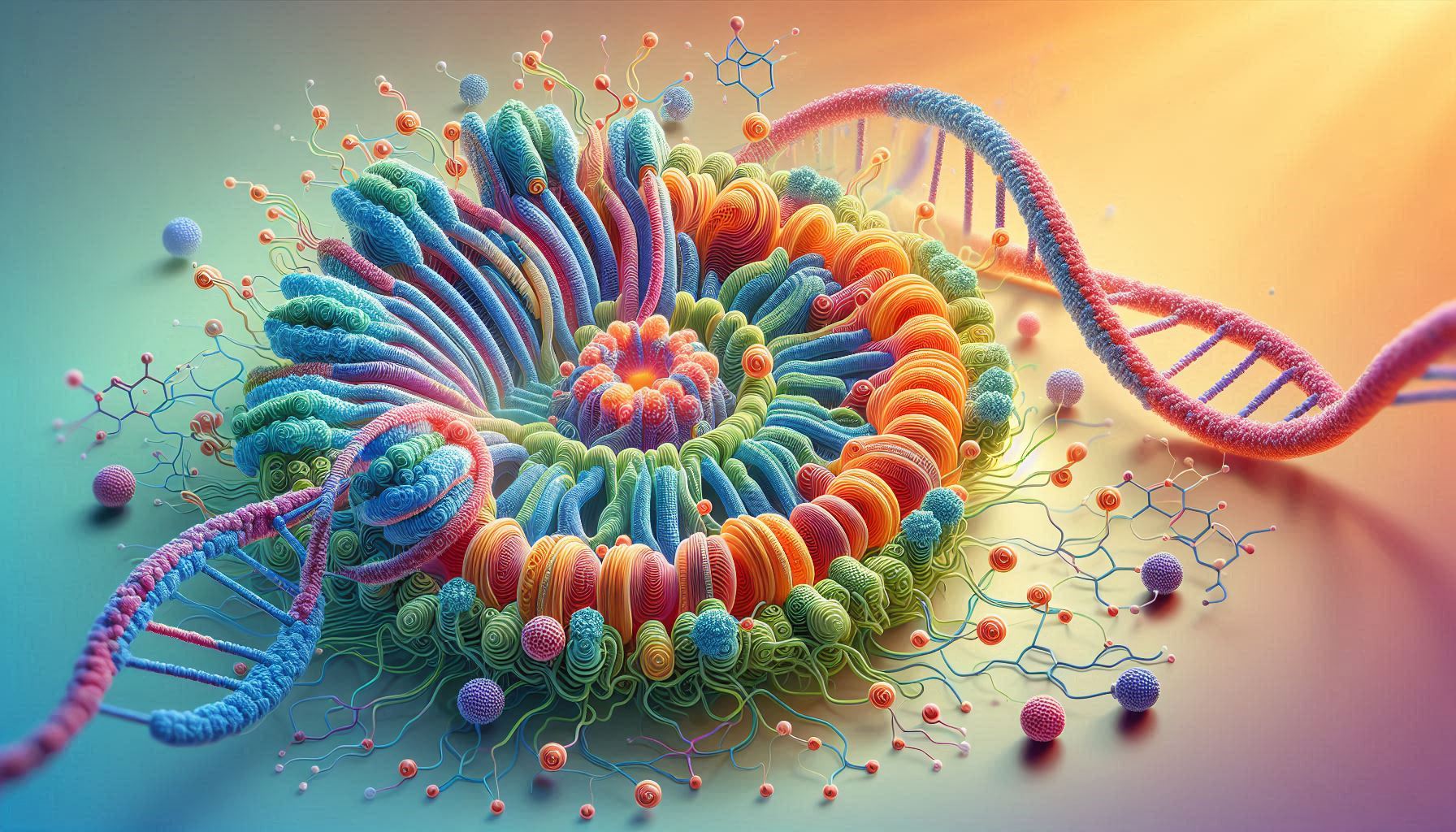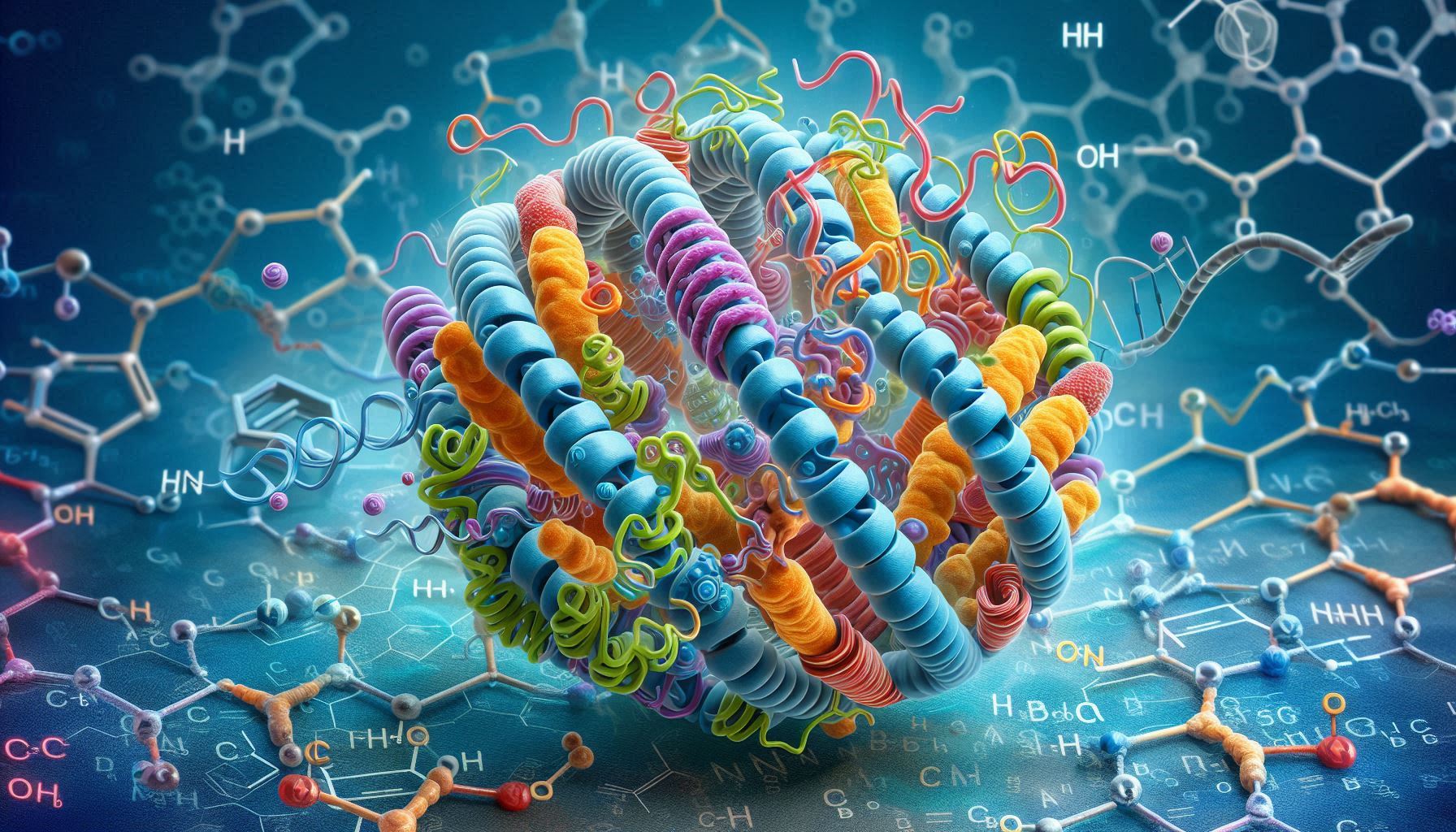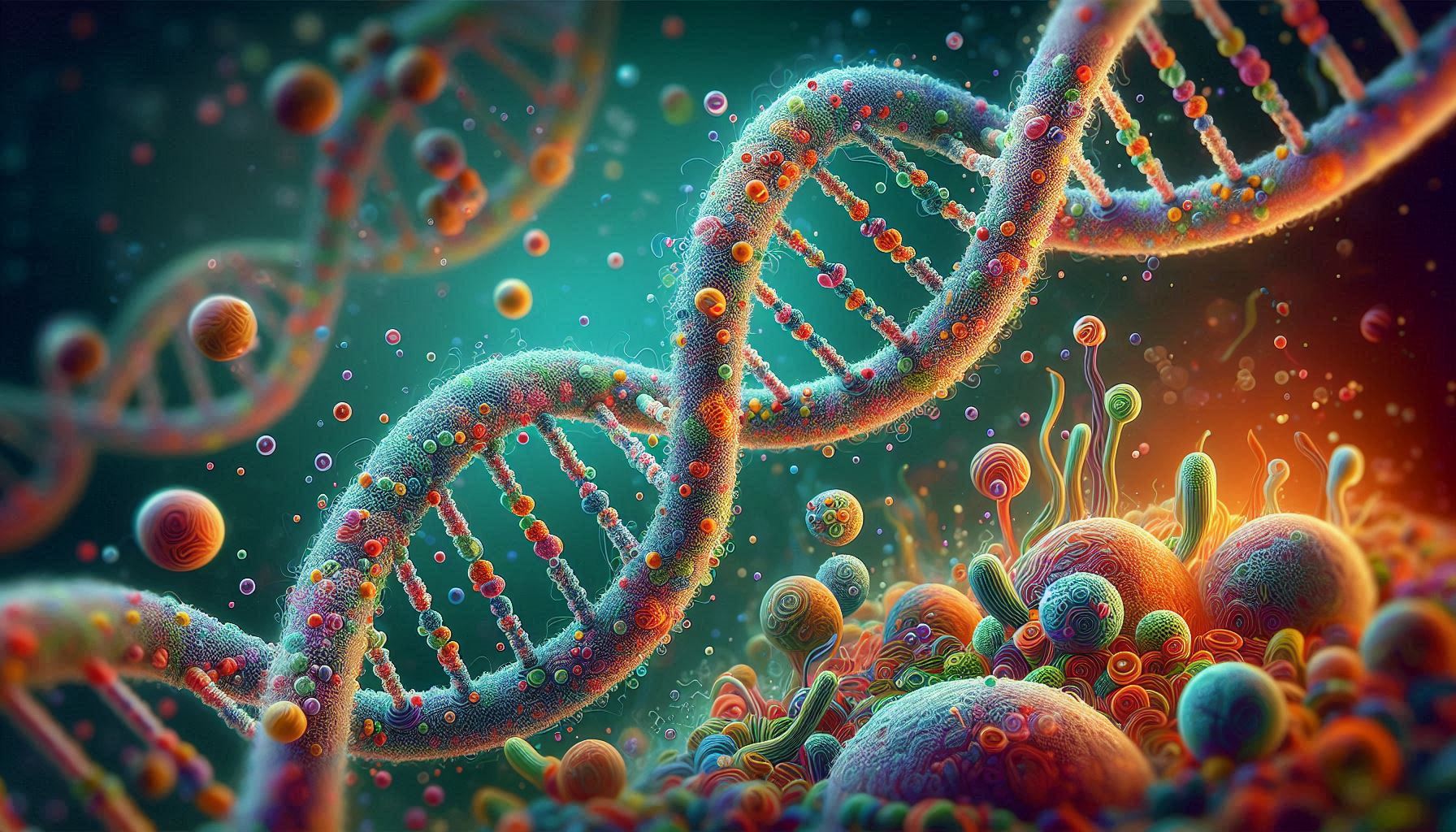STRUCTURAL ALTERATIONS IN CHROMOSOMES
A. Changes Involving Number of Genes i) Deletion or deficiency It signifies the loss or absence of a section of a chromosome and may involve one or more genes. ii) Duplication. It represents a gain in chromosomal material and in this case a part of a chromosome is present in excess of the normal amount. … Read more

